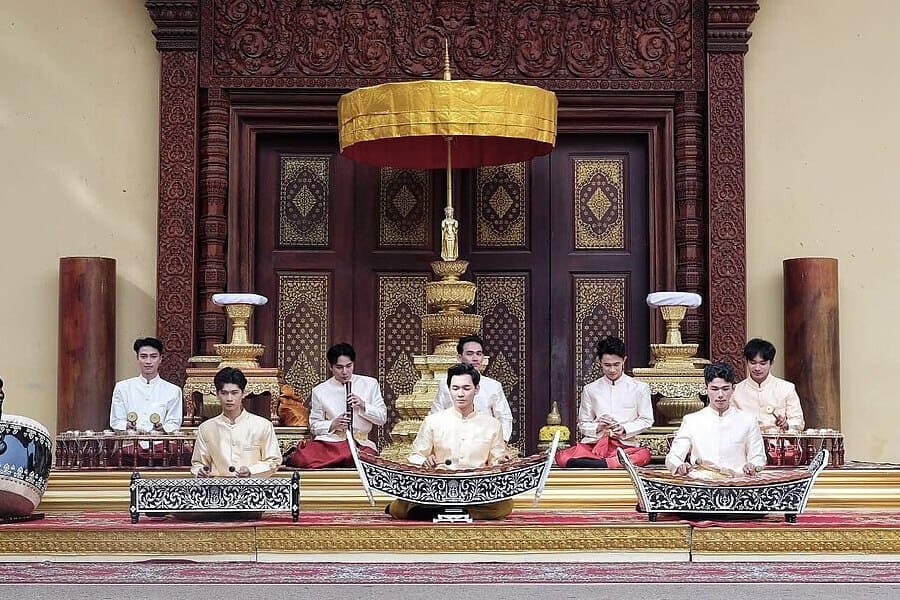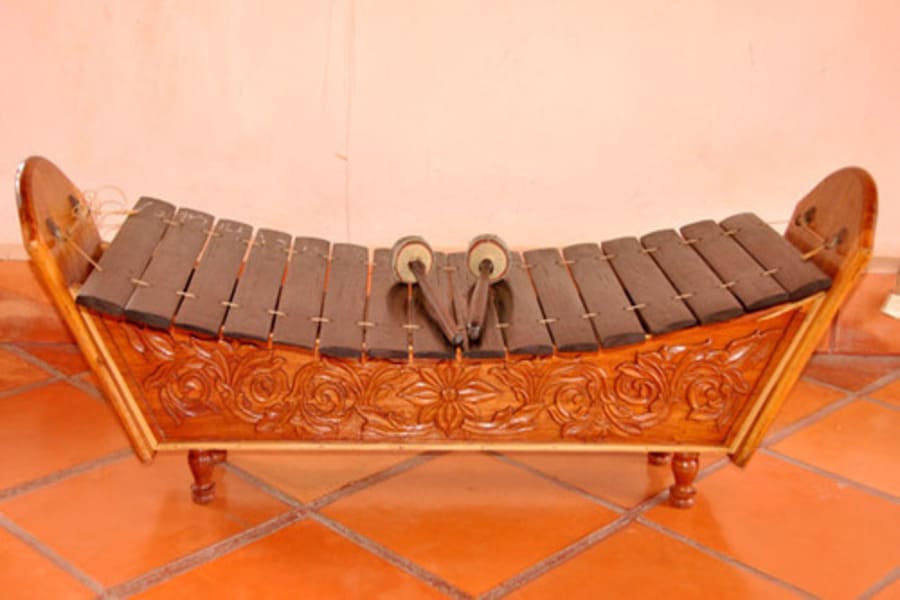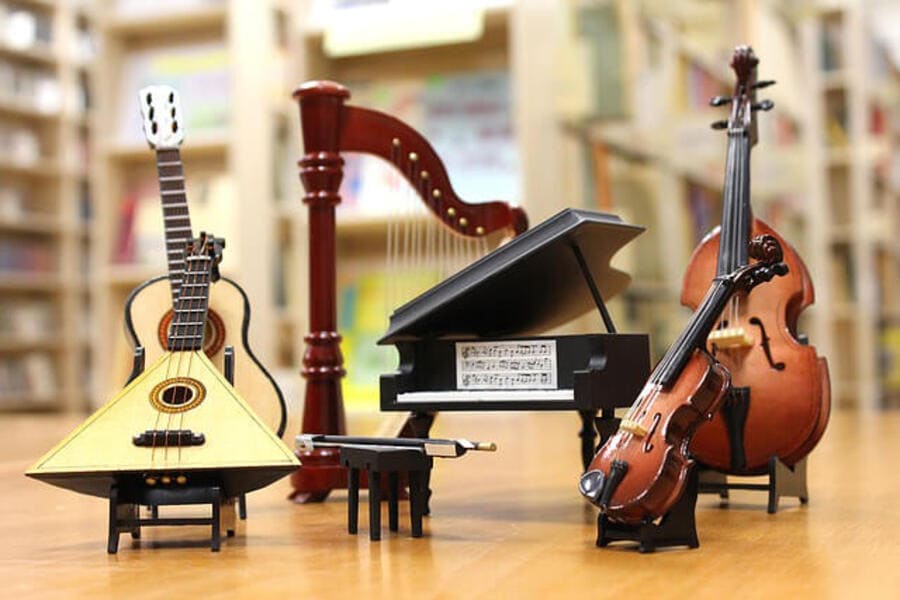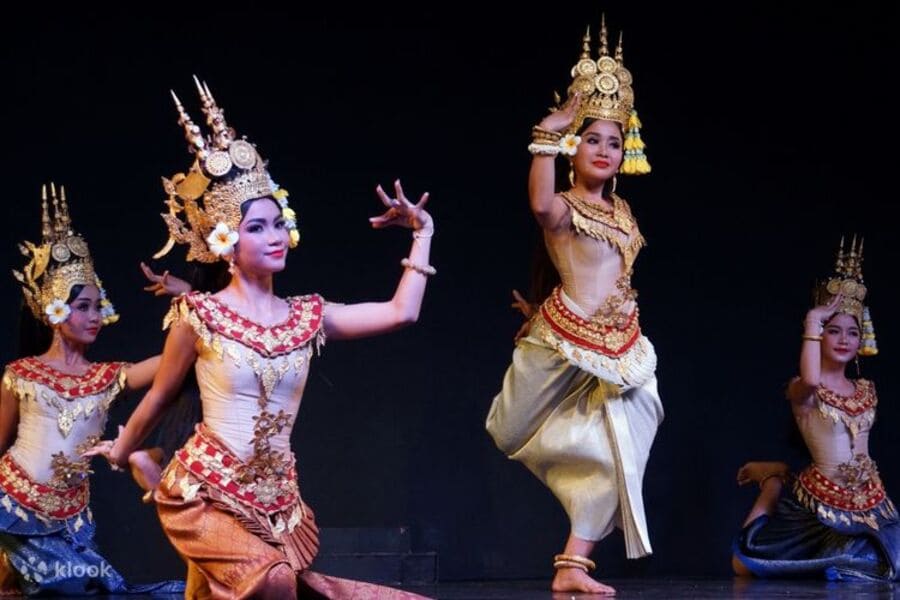Embarking on a journey through the evolution of Cambodian music is akin to embarking on a captivating tour through the country's cultural landscape. Just as cambodia tours unveil the layers of history and tradition that shape its identity, exploring the evolution of Cambodian music offers a profound insight into the nation's soulful melodies and rhythmic heritage. From the ancient sounds of courtly music to the modern fusion of traditional and contemporary influences, this musical odyssey promises to immerse you in a world where every note resonates with the spirit of Cambodia's past, present, and future.
Contents
Cambodian Music at Angkorian era
During the Angkorian era, spanning from the 9th to the 15th century, Cambodian music flourished as an integral part of the Khmer Empire's rich cultural tapestry. Music played a vital role in religious rituals, court ceremonies, and theatrical performances, reflecting the empire's Hindu and later Buddhist influences.
At the heart of Angkorian music was the pin peat ensemble, consisting of traditional instruments such as the roneat (xylophone), kong vong thom (large gong circle), sralai (oboe), and chhing (small cymbals). These instruments were expertly crafted and played by skilled musicians to create intricate melodies and rhythmic patterns that accompanied various royal events, religious ceremonies, and traditional dances.
Angkorian music was closely intertwined with dance forms like the classical Khmer dance, which depicted stories from Hindu epics like the Ramayana and Mahabharata. Musicians and dancers collaborated to bring these stories to life, with music providing a dynamic backdrop to the graceful movements of the dancers.
The Angkorian period also saw the construction of magnificent temples like Angkor Wat and Bayon, which served as architectural marvels and spiritual centers. These temples resonated with the sounds of ceremonial music, chanting, and prayers, creating an immersive sensory experience for worshippers and visitors alike.
Cambodian Music in the Colonial period
During the colonial period, Cambodian music underwent significant transformations influenced by the cultural exchanges and socio-political changes brought about by colonialism. The arrival of French colonizers in the 19th century introduced Western musical elements and instruments to Cambodia, leading to a fusion of traditional Khmer music with European styles.
One notable development during this period was the incorporation of Western musical instruments such as the violin, piano, and brass instruments into Cambodian ensembles. These instruments were introduced through the establishment of music schools and the patronage of the royal court, leading to the creation of hybrid musical compositions that combined Khmer melodies with Western harmonies and instrumentation.
The colonial era also saw the rise of new musical genres influenced by Western popular music, including marches, waltzes, and polkas. Cambodian musicians began experimenting with these styles, incorporating them into traditional folk songs and dance music, resulting in a diverse and eclectic musical landscape.
Despite the influences of colonialism, traditional Cambodian musical forms continued to thrive, albeit in a modified form. Classical Khmer music, with its intricate melodies and rhythms, remained an integral part of royal ceremonies and cultural events, while folk music continued to be passed down through oral traditions within local communities.
Furthermore, the colonial period witnessed the emergence of modern Cambodian popular music, influenced by Western pop, rock, and jazz. Cambodian musicians adapted these genres to create their own unique sound, blending traditional Khmer melodies with contemporary instrumentation and lyrics.
Cambodian Music in the Modern Era
In the modern era, Cambodian music has undergone significant evolution, shaped by a complex interplay of historical, cultural, and global influences. Emerging from the shadows of war and upheaval, Cambodia's music scene has experienced a revival, with traditional Khmer music blending seamlessly with contemporary styles to create a rich and diverse musical landscape.
One of the defining characteristics of modern Cambodian music is its fusion of traditional Khmer melodies with Western and global influences. Following the devastation of the Khmer Rouge regime, which sought to eradicate traditional culture, there has been a concerted effort to preserve and revitalize Cambodian musical traditions. This resurgence has seen a renewed interest in classical Khmer music, with young musicians embracing traditional instruments such as the roneat ek (xylophone) and tro (fiddle), while also experimenting with new forms and styles.
Moreover, the modern era has witnessed the emergence of new genres and subgenres within Cambodian music, reflecting the country's growing integration into the global music scene. Hip-hop, rap, and electronic music have gained popularity among Cambodian youth, who use these genres as a platform for self-expression and social commentary. Artists such as Laura Mam and Vann Da have garnered international acclaim for their fusion of Khmer lyrics with contemporary beats, bringing Cambodian music to a global audience.
Furthermore, Cambodia's modern music scene has been shaped by the proliferation of digital technology and social media, which have facilitated greater access to music production and distribution. Independent artists and bands now have the means to record and promote their music online, bypassing traditional channels and reaching audiences both at home and abroad.
Despite these advancements, challenges remain, including issues of copyright infringement, limited infrastructure, and the influence of commercialism on artistic expression. However, Cambodian musicians continue to push boundaries and explore new creative avenues, ensuring that the country's musical heritage remains vibrant and relevant in the modern era.
In conclusion, the modern era has seen Cambodian music evolve and adapt to changing social, cultural, and technological landscapes. From the revival of traditional Khmer music to the embrace of contemporary genres, Cambodia's musical identity continues to evolve, reflecting the resilience and creativity of its people in the face of adversity.






